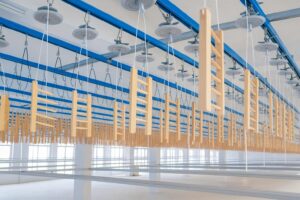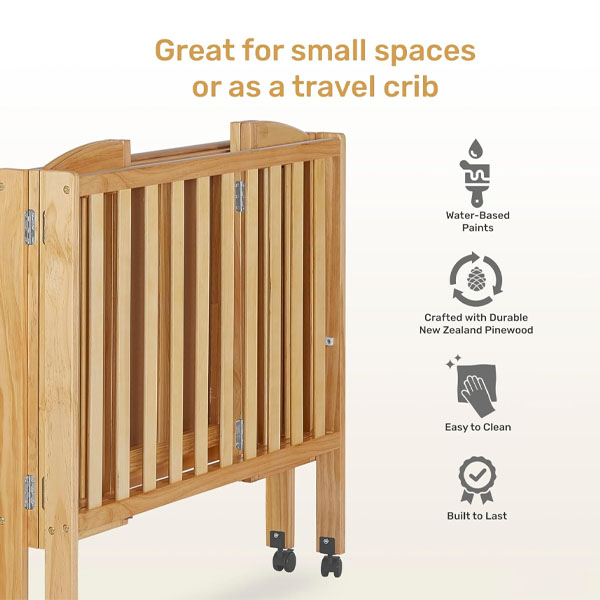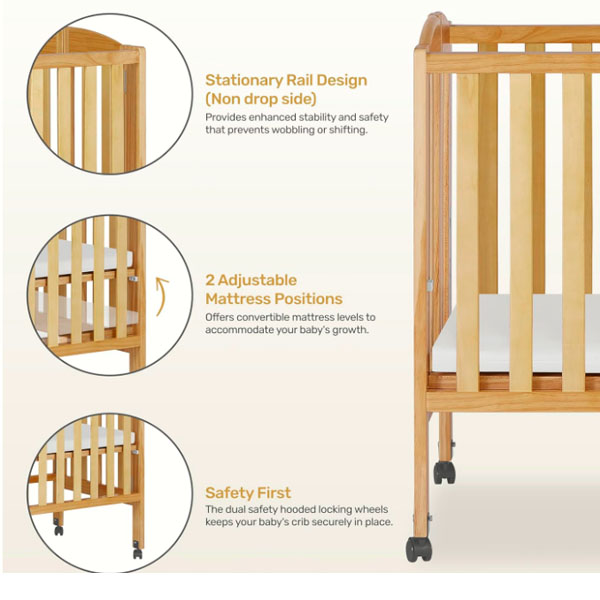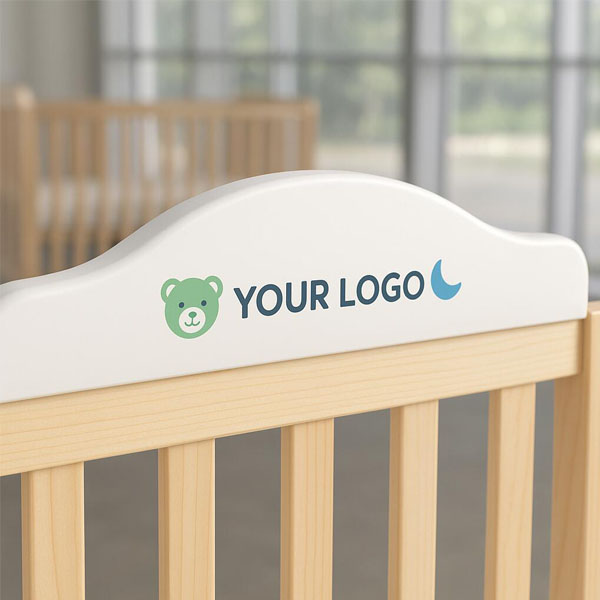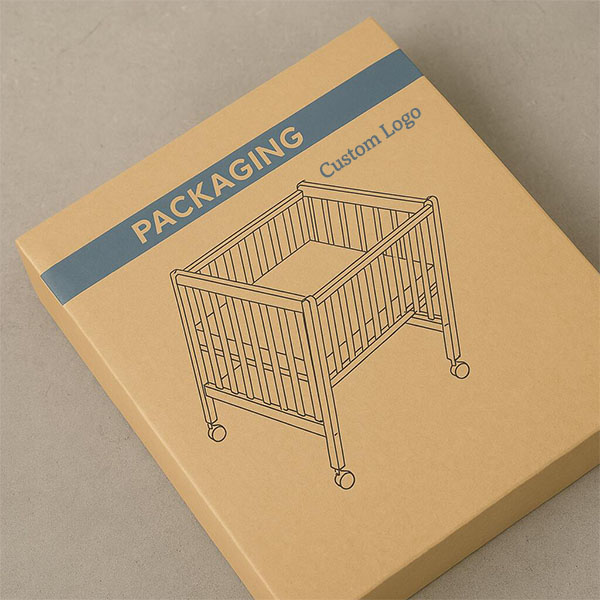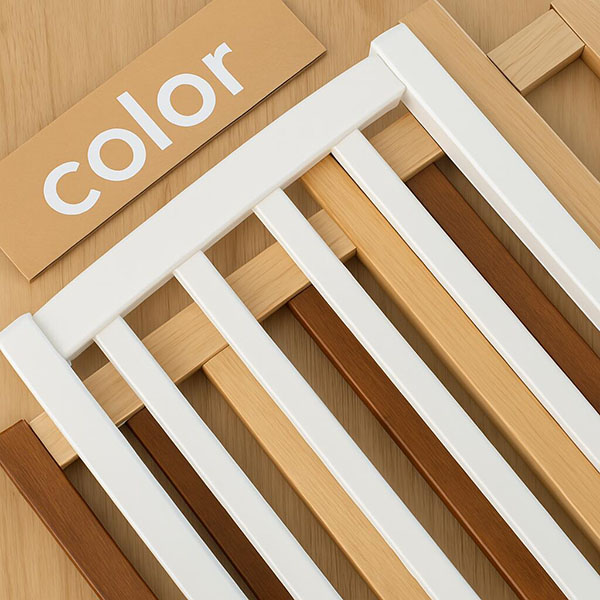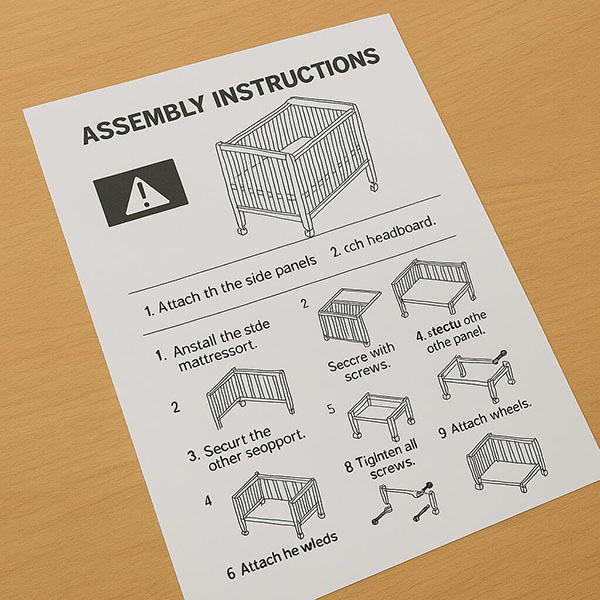What are the best baby and newborn toys (0 to 12 months)?
Choosing baby toys can feel overwhelming with so many options, but getting it right helps your child grow and learn through every stage.
The best baby and newborn toys (0 to 12 months) are simple, safe, and support developmental milestones like vision, hearing, touch, and movement. Look for high-contrast visuals, soft textures, and easy-to-hold shapes.

The first year is full of changes, and the right toy can support your baby’s brain and body in ways you might not expect. Let’s break it down by age and stage.
What toys are best for newborns (0–3 months)?
Newborns can’t grab toys yet—but they’re busy watching, listening, and learning.
Toys with high-contrast colors, soothing sounds, and gentle motion are best for newborns.
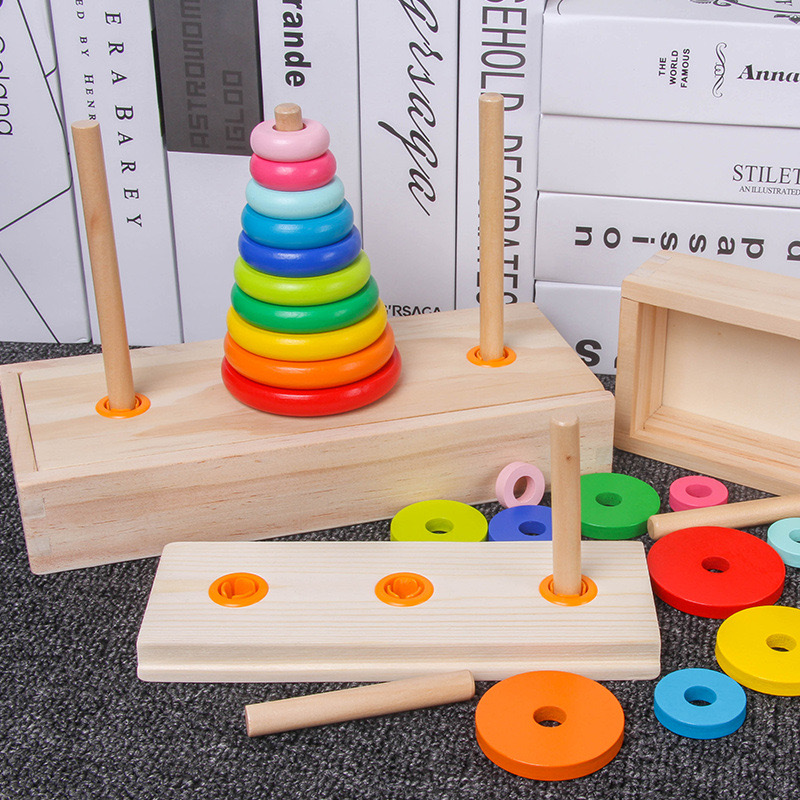
Visual stimulation is key
Newborn vision is blurry at first. They see best about 8–12 inches away and respond to high-contrast patterns in black, white, and red. I used a high-contrast crib mobile for my baby, and she would just stare at it with total fascination.
Simple black-and-white board books or high-contrast flashcards are also great for this age. It might not seem like much, but it actually helps their brain build neural connections. You’ll see them follow patterns with their eyes by week 5 or so.
| Toy Type | Feature | Limitation |
|---|---|---|
| High-contrast cards | Boosts vision + focus | Passive use only |
| Crib mobiles | Visual + sometimes musical | Needs to be well-secured |
| Soft rattles | Light sounds stimulate hearing | Not yet interactive |
Soothing toys build comfort
Your baby is just adjusting to life outside the womb. Toys that mimic soft sounds (like heartbeat or ocean waves) can help soothe them. We used a soft plush with a built-in white noise machine during naps, and it worked like magic. The sound helped her fall asleep faster and stay asleep longer.
Look for toys with soft fabric, gentle lights, or calming lullabies. Avoid anything too stimulating or bright right now—your newborn’s brain is still catching up.
What toys are good for babies 3 to 6 months?
At this stage, babies start reaching, grabbing, and rolling—playtime gets more hands-on.
Soft toys that crinkle, squeak, or rattle are ideal for sensory and motor development during 3–6 months.

Sensory exploration starts here
Around 3 months, babies start reaching out and exploring with their hands and mouths. That’s why everything ends up in their mouth! Textured toys are great now—think soft cloth books, rubber teethers, and plush rattles. These help them figure out the world through touch and taste.
We had a crinkly cloth book that became a favorite. It was soft enough to chew and made an exciting noise every time she squeezed it. She’d light up every time she got that sound right.
| Toy Type | Sensory Feature | Safe For Mouthing? |
|---|---|---|
| Cloth books | Crinkle, soft textures | Yes |
| Rubber teethers | Cooling, chew-friendly | Yes (BPA-free) |
| Plush rattles | Soft sound + feel | Yes (washable) |
Tummy time toys build strength
This is also when tummy time becomes more fun (and less of a fight). Use soft mats with mirrors, or floor toys that encourage lifting the head and pushing up on arms. I used a mirror triangle toy that my baby adored. She’d stare at her reflection, then eventually try to reach it.
These toys build the upper body strength babies need for sitting and crawling later.
What toys help babies from 6 to 9 months?
This stage brings sitting, scooting, and tons of curiosity.
Interactive toys with cause-and-effect features, mirrors, and textures help babies grow cognitively and physically between 6–9 months.

Cause and effect becomes a game
Babies love to see their actions lead to a result—push a button, hear a sound. This is called “cause and effect,” and it’s huge for their brain development. Try toys that light up or play music when touched. My daughter had a pop-up animal toy that surprised her every time. She’d press it again and again, amazed.
Even peekaboo games help here. Soft dolls that hide in pockets or flip books with flaps keep them engaged and thinking.
| Toy Type | Learning Benefit | Limitation |
|---|---|---|
| Light-up toys | Cause-and-effect | Battery dependent |
| Flip books | Fine motor + memory | Can rip with rough use |
| Pop-up animals | Hand strength + fun | Needs supervision |
Safe mirror play encourages awareness
At this age, babies start recognizing themselves—or at least becoming fascinated with faces. A safe, unbreakable baby mirror can provide tons of entertainment. My baby would stare, smile, and even babble to the mirror. It might not seem like “play,” but it builds self-awareness and social learning.
Mirrors work well during tummy time too, and keep your baby looking longer (which means more muscle work!).
What toys are best from 9 to 12 months?
By now, your baby may be crawling, standing, or even cruising—playtime is full-body.
Push toys, stacking cups, and basic musical instruments are perfect for older babies nearing toddlerhood.

Mobility toys encourage walking
As babies pull up and try to stand, they need toys that move with them. Push toys (like walker wagons or activity carts) help develop balance and leg strength. We had a wooden push walker with blocks—it was a toy and a walking tool in one. My daughter would push it proudly across the room, clapping for herself.
Just make sure the toy is sturdy and doesn’t tip over easily. Avoid anything with small wheels or fast-rolling parts.
| Toy Type | Skill Developed | Warning |
|---|---|---|
| Push walkers | Balance, leg strength | Needs supervision |
| Ride-on toys | Coordination | Not for stairs/steps |
| Large blocks | Fine motor + stacking | Supervise for mouthing |
Simple instruments build rhythm and joy
Now is also a great time to introduce music toys—mini drums, maracas, xylophones. Babies love noise, and making it themselves is even better. We got a little drum set that lit up and played tunes. It was noisy, but it kept her busy for ages and helped her learn cause-and-effect.
Don’t worry about creating a musical genius. These toys help with rhythm, hearing, timing, and motor control—and they’re just plain fun.
Conclusion
Keep baby toys simple, safe, and age-appropriate to support every stage of learning.
The best baby and newborn toys (0 to 12 months) support sensory, motor, and emotional growth with soft textures, safe designs, and just enough stimulation.

